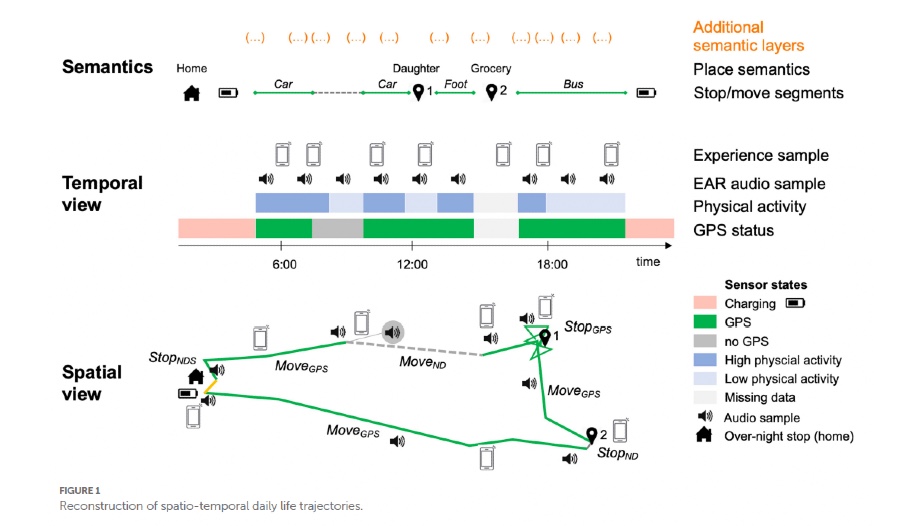New Publication
Charting everyday activities in later life: Study protocol of the mobility, activity, and social interactions study (MOASIS)
Frontiers in Psychology

Christina Röcke, Minxia Luo, Pia Bereuter, Marko Katana, Michelle Fillekes, Victoria Gehriger, Alexandros Sofios, Mike Martin and Robert Weibel
Abstract
Prominent theories of aging emphasize the importance of resource allocation processes as a means to maintain functional ability, well-being and quality of life. Little is known about which activities and what activity patterns actually characterize the daily lives of healthy older adults in key domains of functioning, including the spatial, physical, social, and cognitive domains. This study aims to gain a comprehensive understanding of daily activities of community-dwelling older adults over an extended period of time and across a diverse range of activity domains, and to examine associations between daily activities, health and well-being at the within- and between-person levels. It also aims to examine contextual correlates of the relations between daily activities, health, and well-being. At its core, this ambulatory assessment (AA) study with a sample of 150 community-dwelling older adults aged 65 to 91 years measured spatial, physical, social, and cognitive activities across 30 days using a custom-built mobile sensor (“uTrail”), including GPS, accelerometer, and audio recording. In addition, during the first 15 days, self-reports of daily activities, psychological correlates, contexts, and cognitive performance in an ambulatory working memory task were assessed 7 times per day using smartphones. Surrounding the ambulatory assessment period, participants completed an initial baseline assessment including a telephone survey, webbased questionnaires, and a laboratory-based cognitive and physical testing session. They also participated in an intermediate laboratory session in the laboratory at half-time of the 30-day ambulatory assessment period, and finally returned to the laboratory for a posttest assessment. In sum, this is the first study which combines multi-domain activity sensing and self-report ambulatory assessment methods to observe daily life activities as indicators of functional ability in healthy older adults unfolding over an extended period (i.e., 1 month). It offers a unique opportunity to describe and understand the diverse individual real-life functional ability profiles characterizing later life.